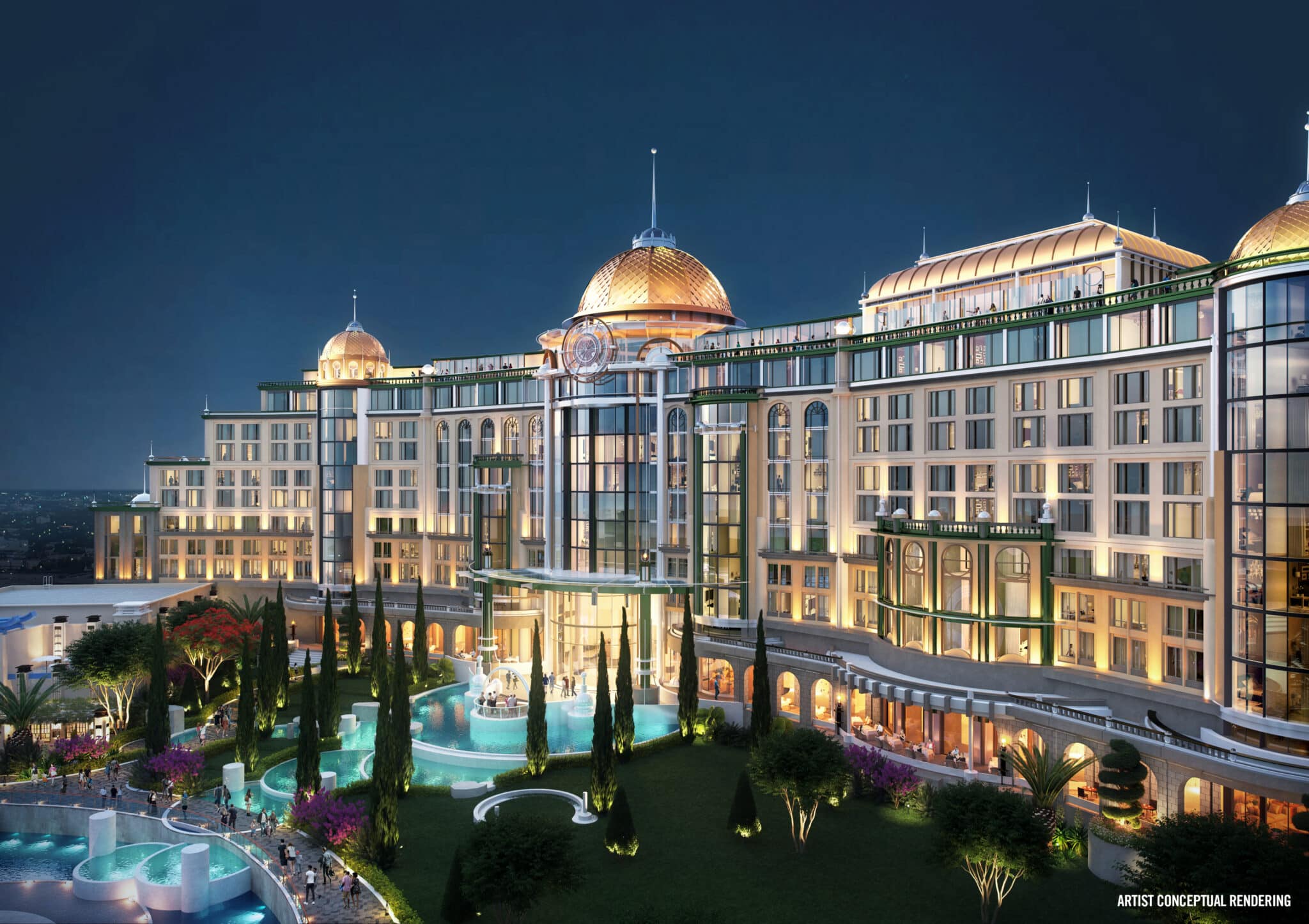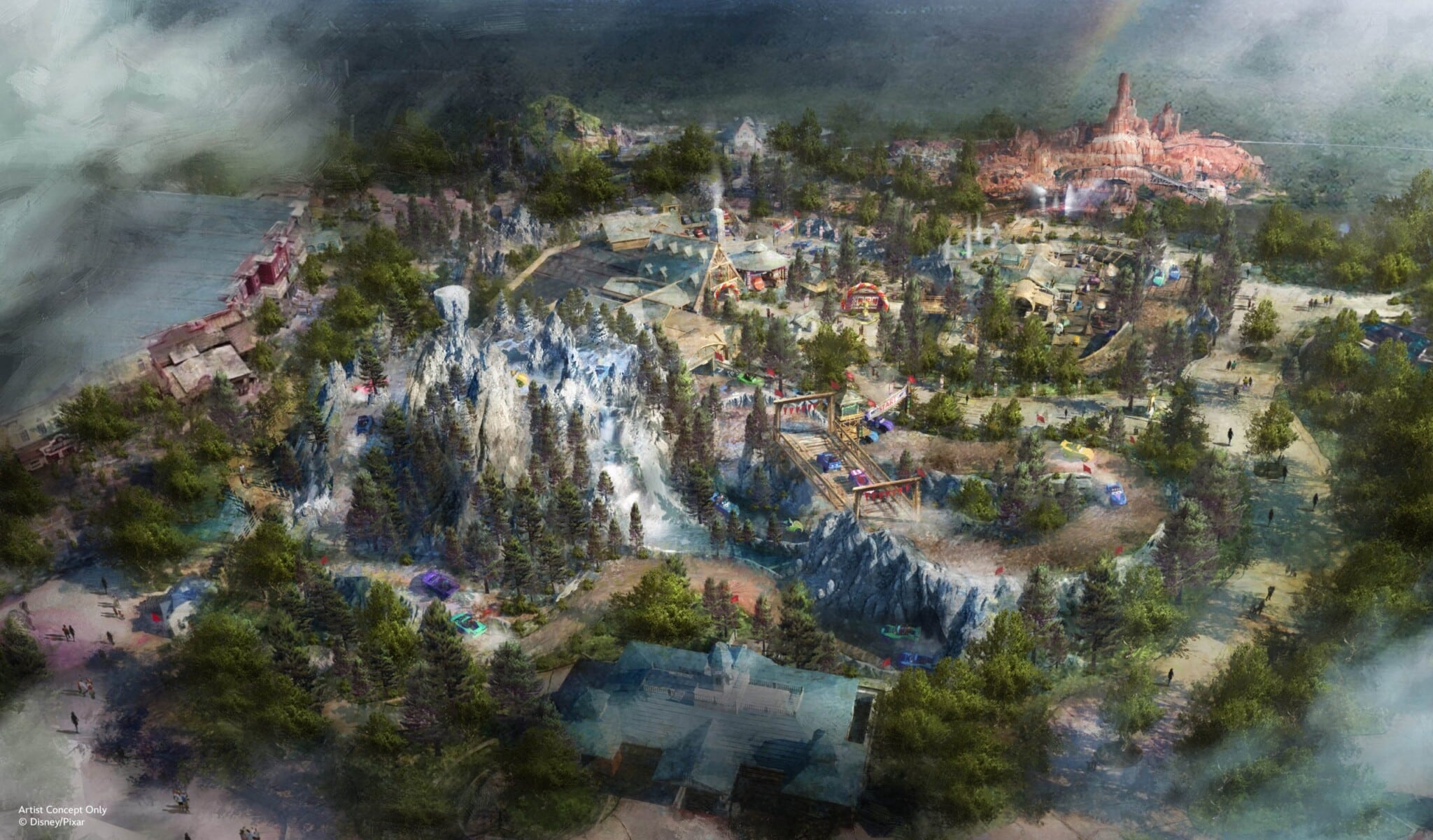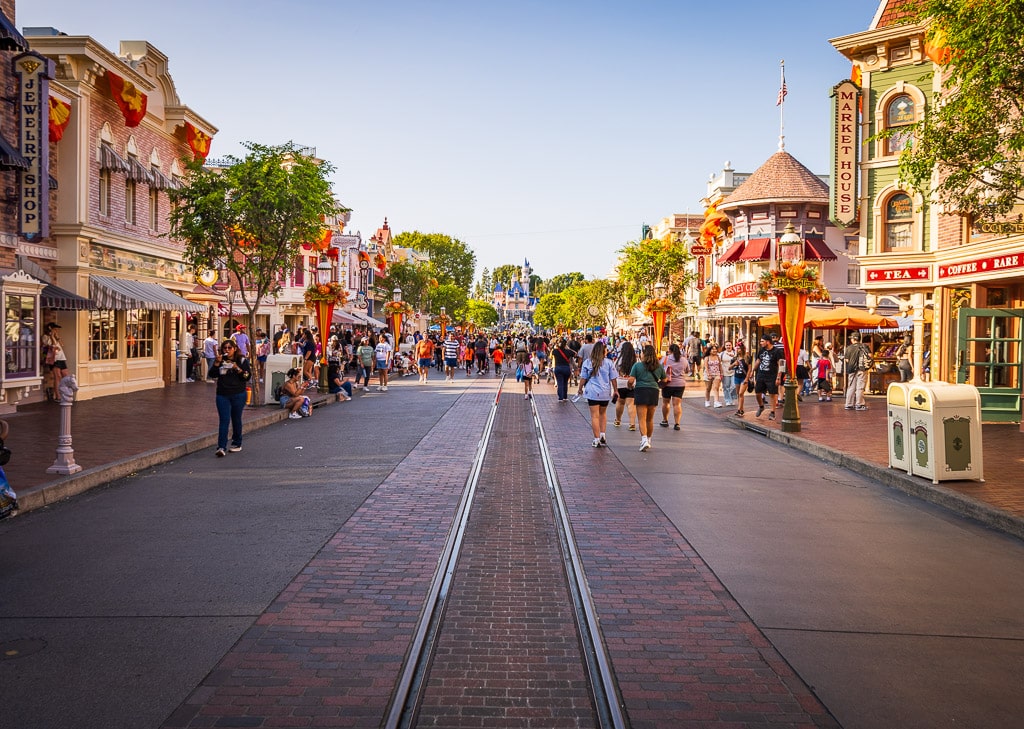
For years, there were big benefits to staying at Walt Disney World owned resorts: free transportation, better line-skipping options, extra hours, and more that justified the higher cost. In this post, we’ll take a new look at how perks have changed and whether on-site hotels are still worth the premium pricing. (Updated February 3, 2023.)
I’ll preface this by saying that we have been advocates of staying in the Walt Disney World “bubble.” In our On-Site v. Off-Site at Walt Disney World article we attempt to be balanced, but concede that we’re drawn to being inside the Walt Disney World “bubble,” which offers advantages in terms of location, convenience, and the feeling of an all-encompassing vacation destination.
However, that started to change even pre-closure. We still love a lot of Walt Disney World hotels and do on-site stays, but no longer strongly recommend them for everyone. Accordingly, what we are going to do is ask and attempt to answer an important question: what if the selling points of staying on-site are no longer as valuable as conventional WDW planning wisdom suggests?
This is a question we originally posed a few years ago as Walt Disney World hotel prices began to soar and the advantages offered by on-site perks were less noteworthy. Since reopening, we’ve revisited this topic a couple of times for different reasons. That started with the end of Extra Magic Hours and free FastPass, as well as the still-temporary suspension of the Disney Dining Plan.
For our 2023 update, we’re revisiting this for the first time from a positive perspective. There have been a few positive developments last year and this year, and we’re also granting greater weight to various considerations that we previously glossed over. This has us asking ourselves: is Walt Disney World’s on-site advantage starting to reappear?
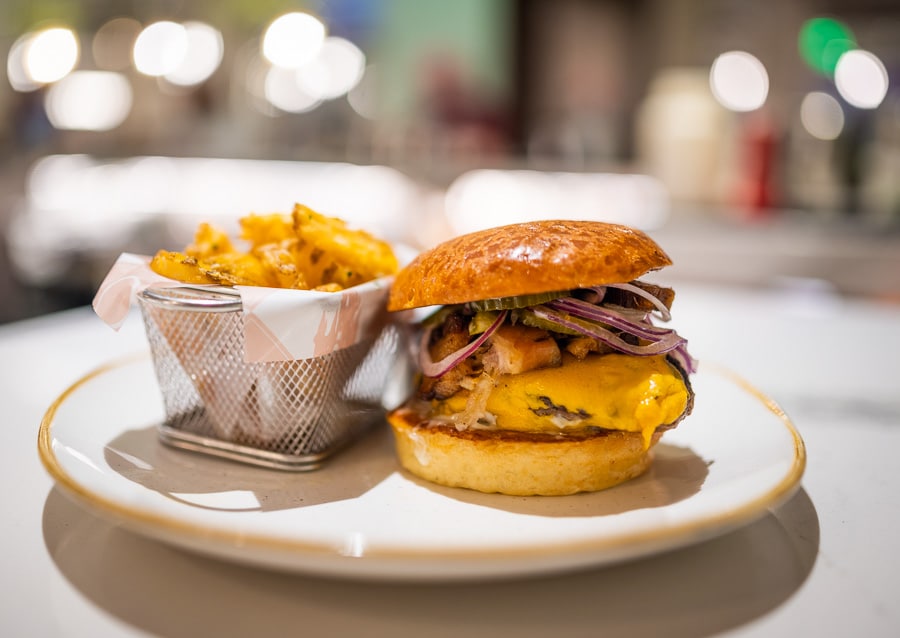
Let’s go through the pros & cons, point by point, starting with the Disney Dining Plan. This is still on temporary hiatus, but we are still expecting Walt Disney World to bring it back sometime in 2023, as covered in When Will the Disney Dining Plan Return? However, we’ve been anxiously anticipating its return for over a year–after all, Disney did promise it would be back soon about a year and a half ago.
For many planners, being able to purchase the Disney Dining Plan was very important from a budgeting and convenience perspective. While we’ve been skeptical of this for years, but it’s nevertheless true that guests find themselves surprised by food costs more than anything else at Walt Disney World (see the fascinating survey data about halfway down this article).
Nevertheless, considering the suspension of the Disney Dining Plan an on-site advantage that has “disappeared” overstates the issue. The reality is that the overwhelming majority guests will come out ahead from a budgeting or convenience perspective by pre-purchasing discount Disney gift cards and using those to pay-as-they-go for food.
For most, the Disney Dining Plan offers the illusion of convenience and budgeting; there’s far more flexibility and savings in paying out of pocket for meals and snacks. Of course, there are exceptions to this–families of big carnivores or those willing to “hack” the Disney Dining Plan did come out ahead. But for the most part, the house always wins. We look forward to the Disney Dining Plan returning, but it wasn’t the benefit that some cracked it up to be. (Conversely, it’s also not as bad as some of its detractors make it out to be.)
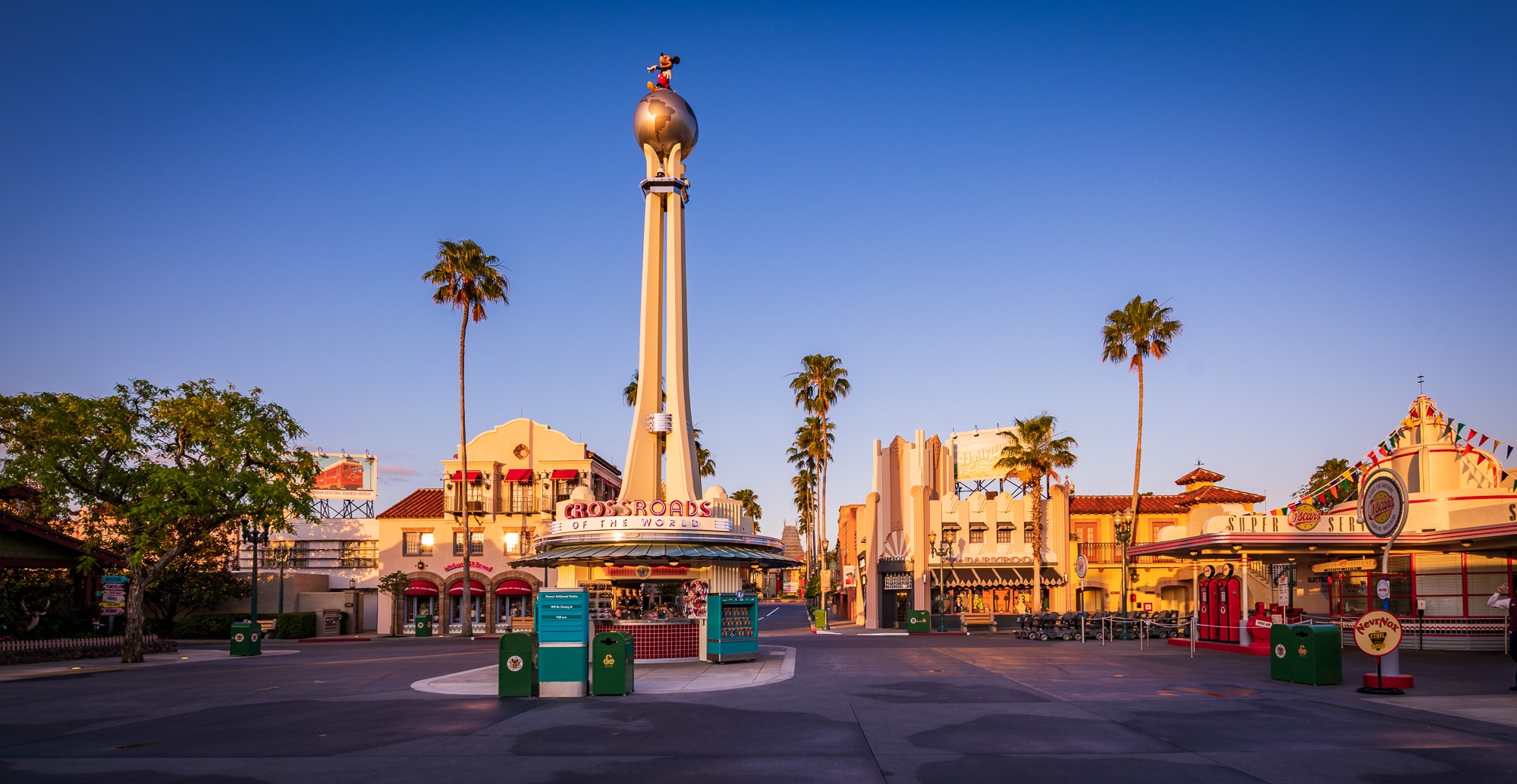
Next, let’s turn to Walt Disney World’s two replacements for Extra Magic Hours: Early Entry and Extended Evening Hours. Early Theme Park Entry allows all on-site resort guests and those staying at select third party hotels to enjoy 30-minute access to any Walt Disney World theme park, every day before normal operating hours begin.
Early Entry means that Magic Kingdom or Disney’s Hollywood Studios (for example) open daily at 8:30 am and 8 am, respectively, to resort guests, and 30 minutes later to off-site guests. The logical criticism here is that morning Extra Magic Hours was an hour long, so this is half the time, and thus, half as good.
We have done Early Entry over one-dozen times (literally), and that has not been our experience at 3 of the 4 parks. Crucially, Extra Magic Hours occurred on select days of the week and only at one park on each occasion. This mean consolidating all on-site guests at a single park. Early Entry occurs daily at all 4 parks, and better spreads out the crowd as a result.
In practice, we’ve found Early Entry to be far less busy than EMH. At Disney’s Hollywood Studios, EPCOT, and Animal Kingdom, it essentially offers a 2-3 ride headstart for on-site guests and is actually a pretty significant. (Most days, it is not as good at Magic Kingdom.)
We’ve used Early Entry to accomplish both Star Wars: Rise of the Resistance and Slinky Dog Dash at DHS, all three headliners at EPCOT, and pretty much everything in Animal Kingdom. Early Entry is a huge perk, and it’s doubly beneficial to be able to use it every single day at whichever park you want. Do not underestimate its value and skip Early Entry because it’s “only” 30 minutes. (In case you can’t tell, we are huge fans of Early Entry–it’s bigger than many fans think.) Learn more strategy in our Guide to Early Entry at Walt Disney World.
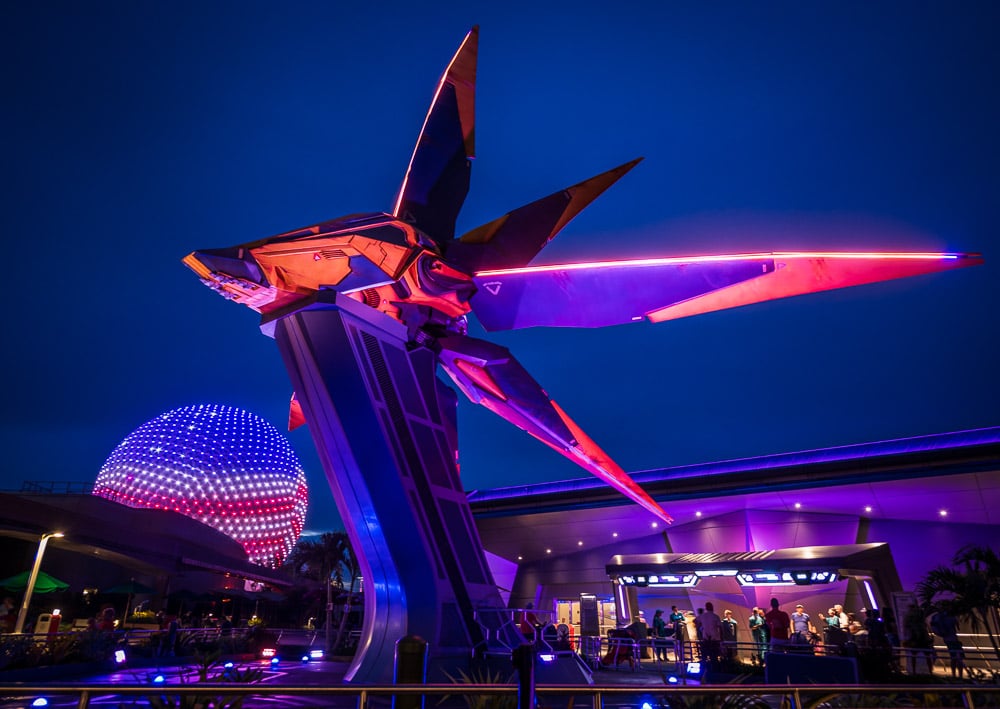
Next, there’s Extended Evening Theme Park Hours. This benefit is exclusively for guests staying at Deluxe Resorts, Deluxe Villas (Disney Vacation Club units), or other select hotels (currently Swan & Dolphin and Shades of Green). Guests staying at Value or Moderate Resorts are not eligible for Extended Evening Hours.
Extended Evening Theme Park Hours occur only two nights per week in total–typically Mondays at Epcot and Wednesdays at Magic Kingdom. This runs for two hours each night, but this is only a perk for those who book more expensive hotels (or the Swan & Dolphin, which are often priced on par with Value or Moderate Resorts). This makes Extended Evening Hours a double-edged sword, with its quality hinging on resort status.
For those who are eligible, Extended Evening Hours is huge. Crowds are virtually non-existent, as are lines for most attractions. It’s way better than Evening Extra Magic Hours, which had become overcrowded due to expanded eligibility during its last few years. (In fact, the crowds during Evening EMH are one of the reasons we first wrote this post, in the first place–Evening EMH had become almost useless due to overcrowding.)
Unfortunately, this comes at the expense of Value and Moderate Resort guests who, as noted above, cannot take advantage of Extended Evening Hours. So if you’re a Deluxe or DVC guest, this perk is fantastic. If you’re staying at a Moderate or below, it’s awful/nonexistent. See our Guide to Extended Evening Hours at Walt Disney World for more rules, eligibility, strategy, etc.
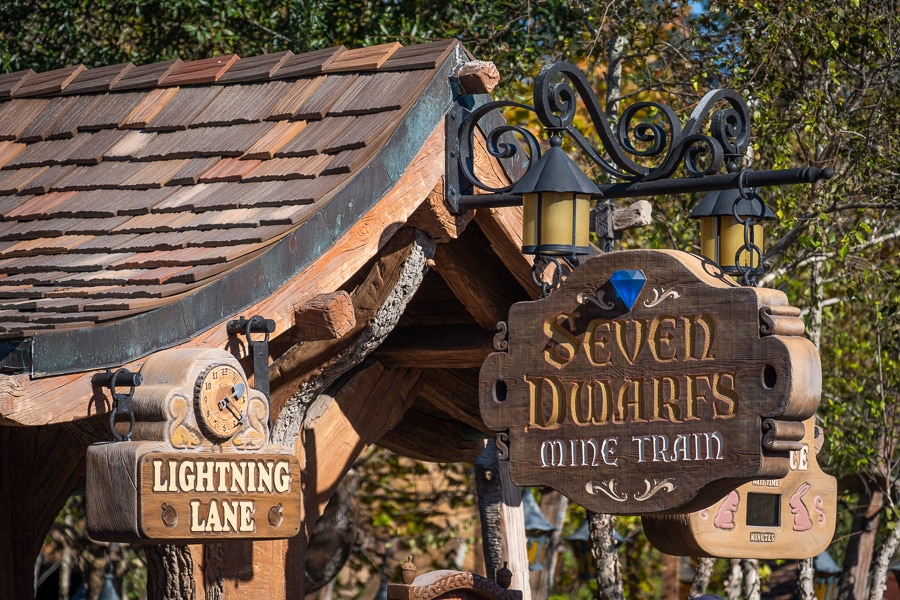
There’s also the new Genie+ line-skipping system, which replaced the free FastPass ride reservation program. (See our Guide to Lightning Lane and Genie+ at Walt Disney World for full details, recommendations, and everything you need to know for making most of that line-skipping system.)
There are two components to this: Genie+ Lightning Lanes and Individual Lightning Lanes. The latter offers on-site guests the “benefit” of being able to purchase Individual Lightning Lane access at 7 am instead of park opening time, which is when everyone else can buy access. Certain Individual Lightning Lanes do sell out prior to park opening time, so that window is beneficial for headliner attractions–but even that is seasonal. If you’re visiting during busy holiday travel dates, it matters. If you’re going in May or September, not so much.
It would be beneficial if on-site guests could book Genie+ ride selections early, but that is not how this works. Everyone is able to book Genie+ Lightning Lane reservations starting at 7 am. That could always change down the road, but for now, that’s how the system works.
There’s no sugar-coating this one. Losing free FastPass+ was a colossal blow to all visitors of Walt Disney World, but especially on-site guests. One of the very best on-site advantages at Walt Disney World was the expanded FastPass+ booking window; that was a significant headstart and allowed on-site guests to scoop up most of the best ride reservations before their trip.
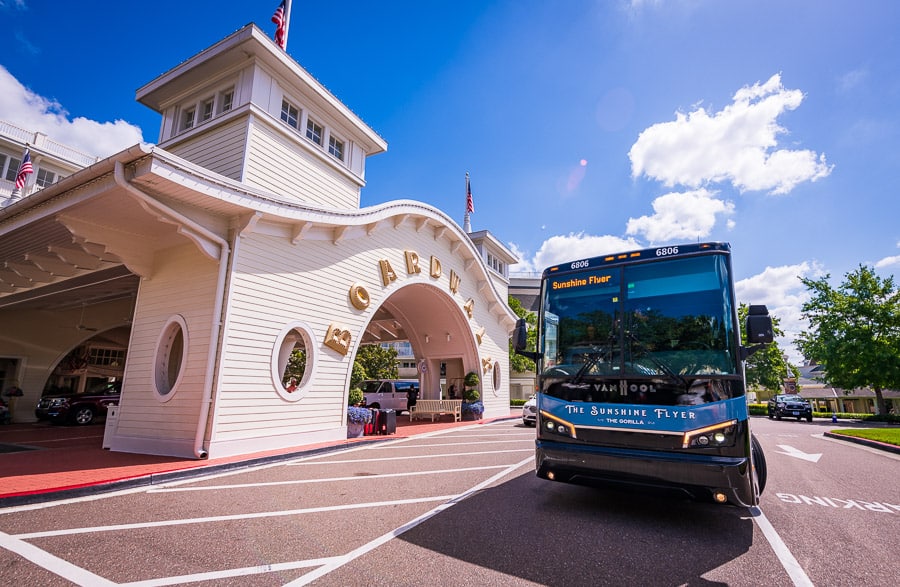
Two of the most recent changes concern transportation. At the beginning of last year, the Disney’s Magical Express airport shuttle service ended. Now, visitors arriving to Orlando International Airport will need to rent a car, use Uber/Lyft, or arrange for an alternative shuttle service in order to get to their resort. This was a huge loss for many Walt Disney World visitors.
Disney’s Magical Express’ closest paid replacements are Mears Connect and the Sunshine Flyer. See our Guide to Airport Transportation for Walt Disney World for other options. There’s no one-size-fits-all perfect solution; it depends on your party size, budget, and other factors.
We’ve used both Mears Connect and Sunshine Flyer, and have found them to be virtually identical to Disney’s Magical Express in speed, quality, and service. The biggest downside is that there’s a fee, and that since these are third parties, there’s not seamless integration between the resorts and the shuttles in the event that an issue arises. (Some fans will cite the lack of luggage handling, but that disappeared from DME prior to this, so it’s hard to tie that to this particular change.)
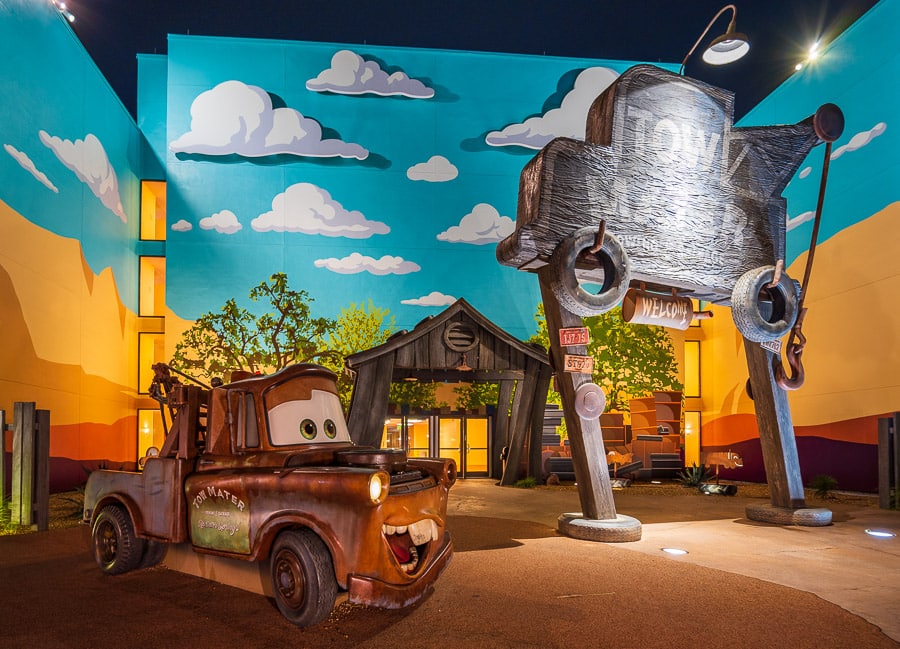
Then at the beginning of 2023, Walt Disney World brought back free overnight self-parking to guests staying at Walt Disney World Resort hotels. Complimentary parking was an on-site perk until a few years ago, and it was another prompt for this post in the first place.
We hated the charge for parking, and thought it was a bad decision that diminished the differentiation between Disney and its real-world counterparts. We were not alone. At the time, the introduction of the parking fee was the most controversial change we had ever seen made by Walt Disney World. Not only did our post garner over 300 angry comments, but Walt Disney World got hit hard by negative reviews on crowdsourced travel sites like TripAdvisor and Google. I had never seen fans so mad–although backlash to the subsequent elimination of free FastPass and Disney’s Magical Express did exceed that response.
In addition to this, Walt Disney World resort hotel guests also continue to receive complimentary standard parking at Walt Disney World theme parks, which is another plus. In tandem, these two things take some of the sting out of the elimination of Disney’s Magical Express–at least for the guests who opt to rent a car while staying on-site. (That number will only grow, as Universal Orlando continues to expand and turn itself into an equally-compelling theme park destination.)
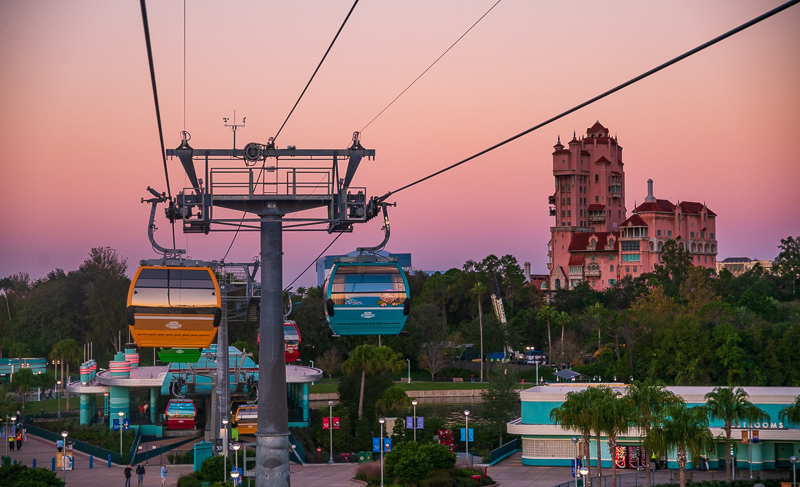
Sticking with the topic of transportation, this is another on-site advantage offered by Walt Disney World…and one that has arguably improved by quite a bit. Let’s start with the neutral components: the monorails and boats are more or less the same.
Given that the monorails continue to age and one boat route has been cut, the argument could be made that these have gotten slightly worse. Anecdotally, I’m not sure I agree–monorail maintenance has decreased downtime and the one boat route is used by a small minority of guests. Speaking of things used by a small minority of guests, we are fans of the Grand Floridian walkway to Magic Kingdom–our favorite form of transportation is “feet” and we wish Walt Disney World made itself more walkable. (Which would ease the burden on existing transportation.)
As a whole, we view Walt Disney World transportation as better today than it was 5 years ago. The big thing here is the Skyliner, which we view as the best transportation option at Walt Disney World. When there is a line, it’s constantly moving and usually a short wait. Since the opening couple of months, the Skyliner gondola system has been incredibly reliable.
We’re huge fans and strongly favor the Skyliner resorts now. It’s especially a game-changer for Pop Century; given all of the perks and transportation advantages of that one resort, we can easily justify the premium pricing there.
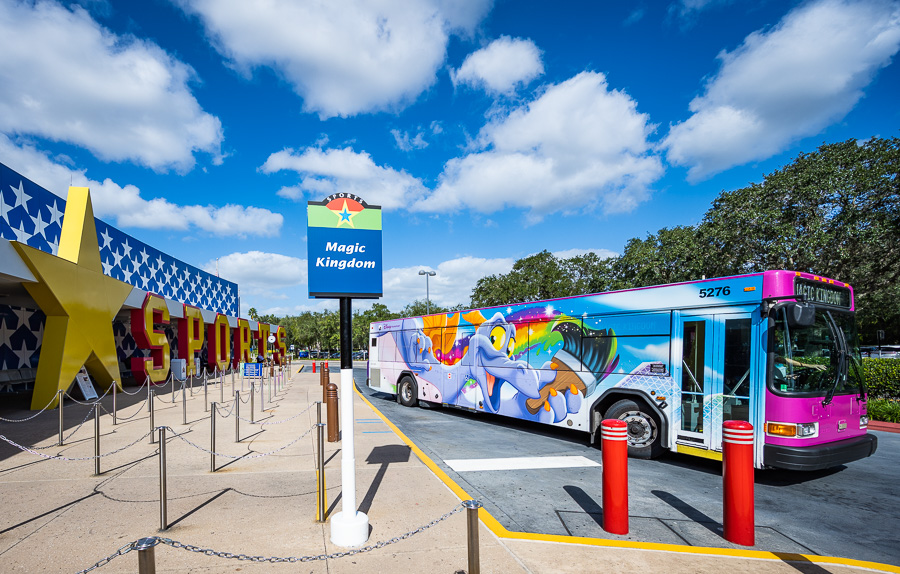
Also helping with past transportation woes is bus wait times, which show up both on digital boards at the bus stops and in the My Disney Experience app. There’s still room for improvement here, and there have been hotel stays when we’ve noticed overcrowded and inconsistent bus service. (In particular, Coronado Springs is a big offender.)
Walt Disney World has also addressed its bus driver shortage, which actually predated the closure, by bringing in a third party to assist with routes. All things considered, we’ve been more pleased by bus service and found it to be more efficient last year and in early 2023 than it was in 2017-2019. With that said, few things are as hit-or-miss as WDW bus service. Someone could have a superlative experience, and someone else an awful one–despite staying at the same resort during the same dates–simply by virtue of luck and timing.
I won’t include Minnie Vans as a transportation “improvement” since there’s a pricey surcharge for those, and we don’t generally recommend them. Plus, if you’re willing to use Disney’s Minnie Vans, you might as well be willing to use Lyft or Uber, which have become ubiquitous in Central Florida. The ease of Lyft and Uber is definitely an improvement for guests, but it’s neither here nor there from an “advantage” perspective since it isn’t a change made by Disney.

Turning back to dining, there is an on-site advantage when it comes to booking Advance Dining Reservations. Currently, everyone can book table service restaurants 60 days prior to the date on which they’d like to eat. In addition, Walt Disney World resort hotel guests can make Advance Dining Reservations for their length of stay (up to a 10-day stay) up to 60 days in advance of their check-in date.
As discussed in our Top 10 Tips for Booking Difficult Advance Dining Reservations, this “60+10” window can be incredibly advantageous for popular table service restaurants or larger parties, especially during busier travel dates. If character dining or highly themed restaurants are important to you, this is huge.
Even at the 60 day mark, Chef Mickey’s, Story Book Dining at Artist Point, Akershus Royal Banquet Hall, Cinderella’s Royal Table, Space 220, Topolino’s Terrace, Be Our Guest Restaurant, ‘Ohana, and others can be scarce. We view dining as a big component of the Walt Disney World experience, so this is a big advantage to us. However, it doesn’t matter to everyone, so your mileage may vary. Also, there are tricks (see that tips post) for scoring last minute availability–but they don’t work as well as booking during the 60+10 window.
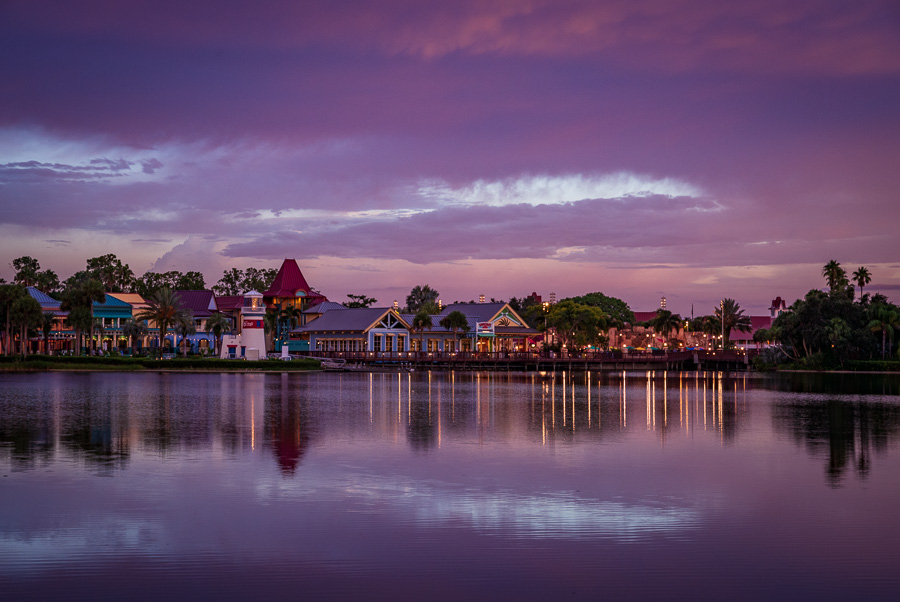
It’s definitely still nice to stay in a resort with an immersive design, attention to details, and various Disney touches. It’s also nice to be able to walk to the parks, or be part of the Disney bubble.
For many people, it’s impossible to overstate the importance of this. There’s a certain x-factor that the Disney resorts offer that elevates the overall experience into something more special. This is true for us, and even with all of the complaints here, we still prefer staying on-site in Disney-owned properties.
To their credit, Walt Disney World’s resorts are still meticulously themed, with a ton of charm, detail, and transportive environments you mostly won’t find off-site. This has long been a big selling point, as your resort stay feels like an extension of the theme parks.
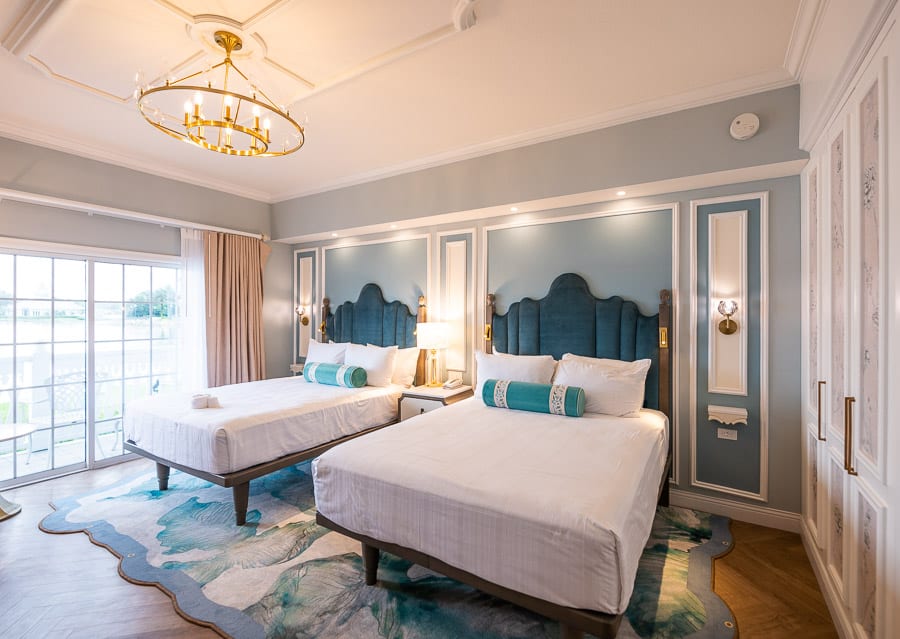
This applies mostly to the exterior grounds and interior common areas. With certain recent room refurbishments, the sense of theme inside Walt Disney World’s hotel rooms has been diminished. We’ve been highly critical of this because themed environments are what defines Disney, and are in the wheelhouse of Imagineers.
Many of the new rooms seem to be striving more towards crowd-pleasing styles, with generic modern designs, clean and crisp aesthetics, and generally elegant luxury (the last one only applies to Deluxe Resorts). In general, the rooms are less fun and have traded unique and colorful designs for more bland and basic ones.
On a positive note, Disney seems to be turning the corner on this. The new rooms at the Grand Floridian are an unequivocal upgrade over their predecessor in both theme and luxury, and just one recent example of a shift in this regard. It would seem that the worst of this occurred between 2016 and 2019, with the rooms in the last 2-3 years striking the balance much better. Hopefully this is the start of a positive trend and shifts into the ‘on-site advantage’ column over time.
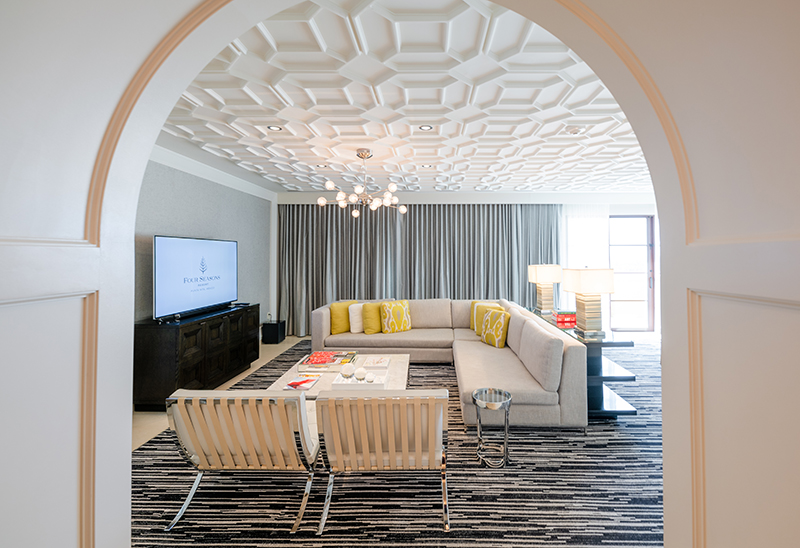
The problem with the previous move towards modern and nondescript rooms is that Disney went from a realm with almost no real competition (ornately themed designs) to placing itself in direct competition with real-world hotel brands by mimicking their style. This not only makes for an easier head-to-head comparison in terms of guest rooms, but it’s also a comparison that’s often not favorable to Disney. I love a lot of things about Walt Disney World, but do not view it as one of the world’s great operators of hotels.
Actual luxury hoteliers such as Hyatt, Ritz-Carlton, Waldorf Astoria, and Four Seasons have high end properties near Walt Disney World, and they generally surpass even Walt Disney World’s flagship hotel on a luxury front. It’s arguable that even the Marriott, Hilton, and Wyndham hotels give Deluxe Resorts at Walt Disney World a run for their money–and those are often priced below Moderate levels!
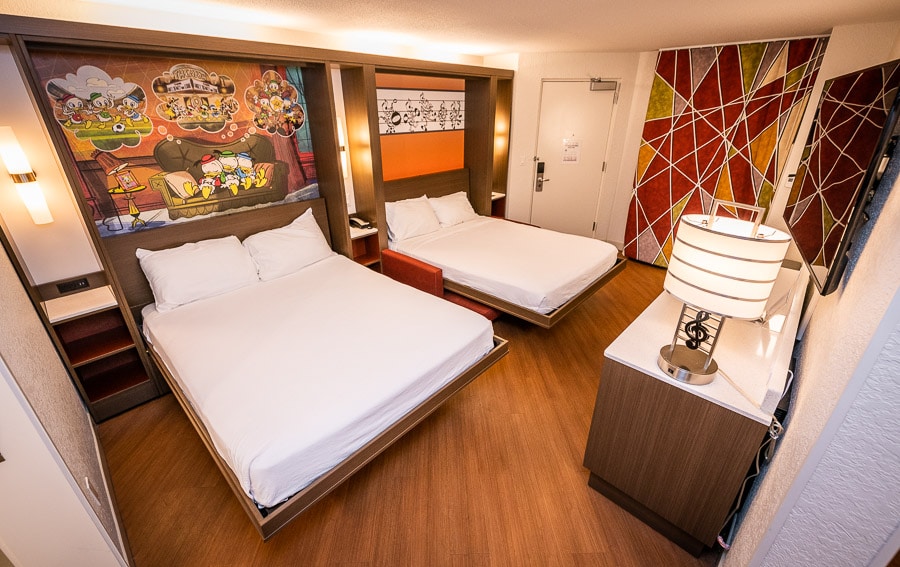
This brings us to the final consideration, which is cost. This has always been the primary selling point for staying off-site. It’s worth reiterating here because the cost difference between off-site and on-site accommodations has become much more pronounced in the last few years.
As discussed in How Much Does a Walt Disney World Vacation Cost in 2023?, the average total price of a trip this year versus a comparable vacation in 2019 is up by thousands of dollars. On a positive note, that has already improved since publication, as approximately 8 different discounts have been released for 2023. It’s likely more are coming as pent-up demand is slowing, too.
Nevertheless, if you last weighed the pros and cons of staying off-site and on-site several years ago, and determined on-site was a better fit for you, there’s a decent chance you’ve become habituated to staying on-site. You’ve felt the increase in prices over the years, but the pull to stay on-site at Walt Disney World is strong. Perhaps you not have reweighed these pros and cons–especially the growing cost disparity.
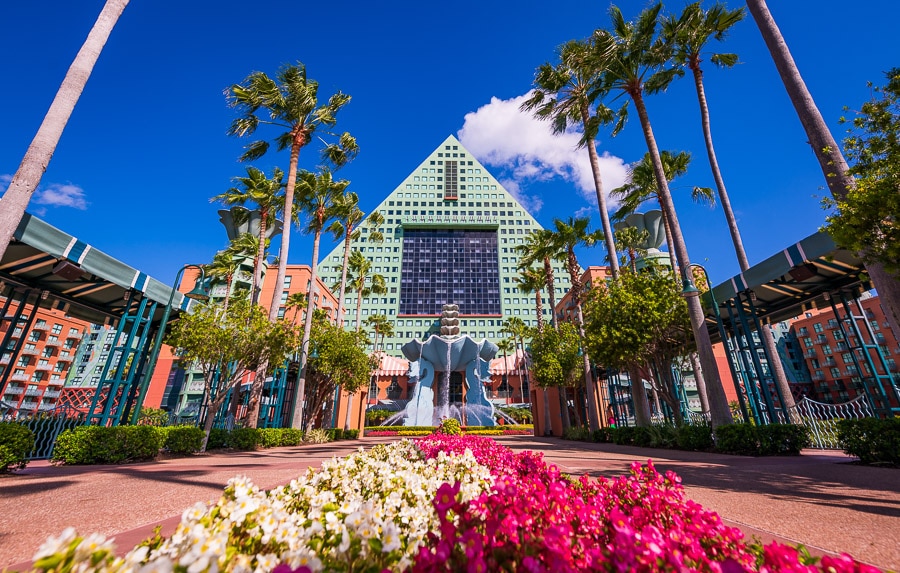
In our view, the real sweet spot is on-site third party hotels like the Swan & Dolphin, Four Seasons Orlando, and Bonnet Creek Resorts. (See our List of the Best Third Party Hotels Near Walt Disney World.)
Several of these have locations that are as good or better than Disney-owned and operated hotels, and are less expensive. Many also offer the same perks as Disney hotels. Swan & Dolphin, for example, offer Extended Evening Hours whereas Disney Value and Moderate Resorts won’t have access to those.
You also might consider renting a vacation home, both for the sake of privacy and isolation. (See our Best Vacation Home Rentals Near Walt Disney World.) These are especially great for larger parties, and you can literally rent an entire house for the cost of a mid-tier Walt Disney World hotel room. Some of these contain themed kids rooms, in-home theaters, game rooms, private pools, plus everything else you’d expect from a house.
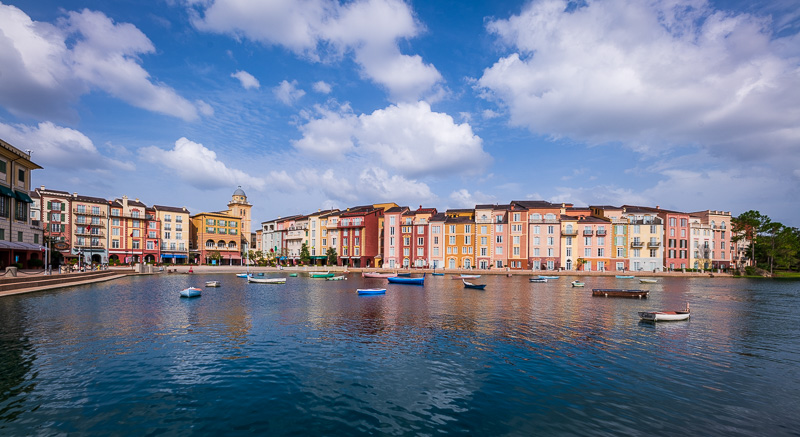
Another great option right now is staying at Universal Orlando, which still does offer most of its on-site advantages and its own sense of immersion and being inside of a “Universal bubble” (albeit to a lesser extent).
If you want to go all-out with Universal’s nicest hotels that are in walking distance of the parks and include unlimited line-skipping at attractions via Express Pass, see our Hard Rock Hotel Review and Portofino Bay Hotel Review. Even though these are Universal Orlando’s more expensive hotels, they’re still priced about on par with Moderate Resorts at Walt Disney World.
Our Universal Orlando Hotel Rankings & Reviews covers the pros & cons of all those resorts, many of which we love for their locations, theme, on-site perks, and value for money. Additionally, refer to Universal Orlando v. Walt Disney World Resorts for a comparison between Disney’s and Universal’s hotels to see what each does better.
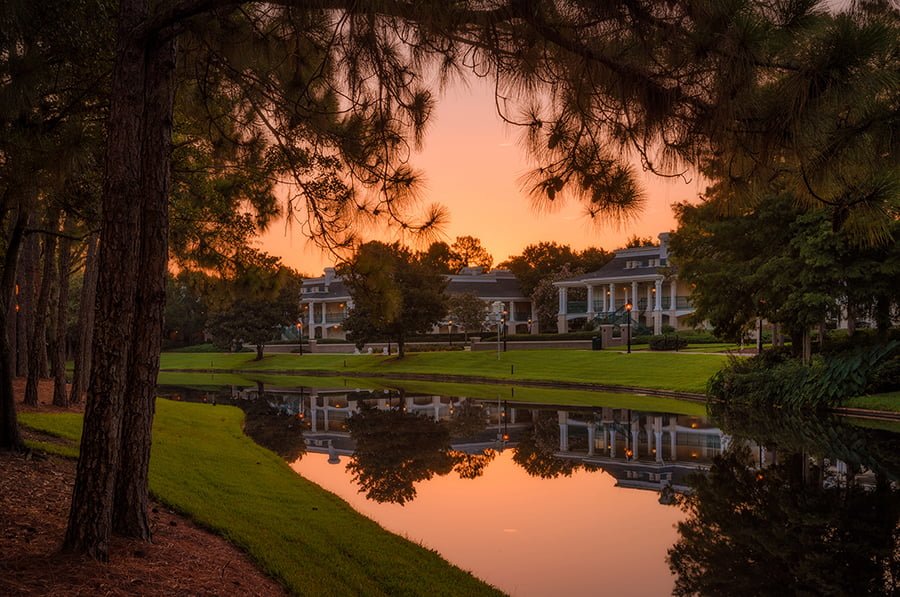
Ultimately, that describes our dilemma with accommodations at and around Walt Disney World. The rational side of my mind knows that staying off-site provides significantly better value for money and that the some of the perks we receive from Walt Disney World hotels aren’t as valuable as they once were.
We do now have a lower price ceiling for most Walt Disney World resorts (except Pop Century, Caribbean Beach, and All Star Movies, which are all a bit higher for us now), which can be a challenge given that room rates have been increasing. However, there are still ways to find good discounts, and failing that we can either use or rent DVC points or look at the on-site third party options like Swan & Dolphin, Disney Springs, and Bonnet Creek.
There’s also Universal Orlando, and we absolutely love several of those hotels. Universal can hold its own with many of Walt Disney World’s hotels from a thematic perspective, and many of the amenities at Universal are actually superior to Disney. Plus, the perks of staying on-site are far superior and nightly room rates are far lower.
Beyond that, there’s a burgeoning vacation home rental industry, cheap Airbnbs, and robust slate of new off-site hotels near the parks. We should be further investigating all of that, as some great deals abound. The Central Florida accommodations market is incredibly competitive outside the Disney bubble, and that’s reflected in pricing and amenities.
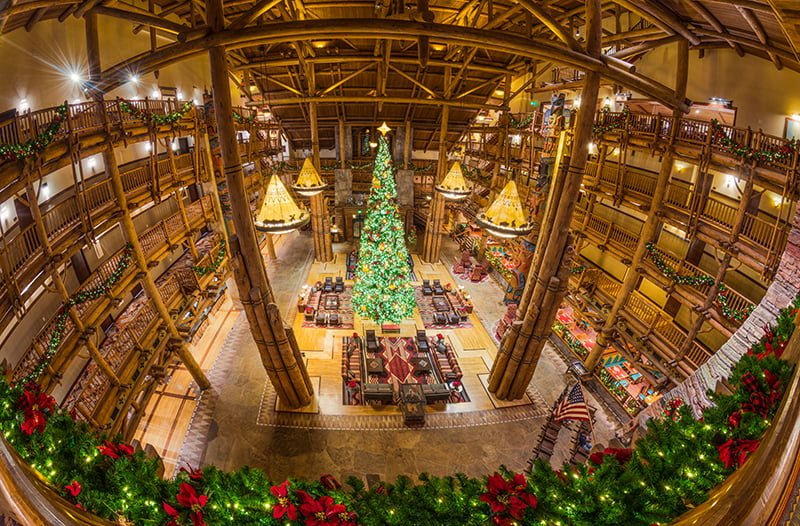
With all of that said, there’s the emotional side. We have nostalgic attachments to certain resorts at Walt Disney World, and enjoy their lush grounds, dining, and amenities. We love being able to stay late in the parks, even if they’re crowded and all we’re doing is wandering around. We enjoy the seamless experience of going from the parks to our resort, feeling a temporary reprieve from the real world.
It’s difficult to put a price on all of that. While we “value” it below the cost difference between comparable third party hotels, we often jump through hoops to find ways to justify staying at Walt Disney World hotels. I’m not suggesting this is the right (or wrong) approach. I know part of this is Disney’s emotional power, and we fall for it hook, line, and sinker a lot. I’m not making a judgment either way–it simply is what it is. However, we find it happening less and less with Walt Disney World continuing to raise prices and cut offerings–that makes staying off-site a much easier decision!
Planning a Walt Disney World trip? Learn about hotels on our Walt Disney World Hotels Reviews page. For where to eat, read our Walt Disney World Restaurant Reviews. To save money on tickets or determine which type to buy, read our Tips for Saving Money on Walt Disney World Tickets post. Our What to Pack for Disney Trips post takes a unique look at clever items to take. For what to do and when to do it, our Walt Disney World Ride Guides will help. For comprehensive advice, the best place to start is our Walt Disney World Trip Planning Guide for everything you need to know!
Your Thoughts
What do you think…are the perks of staying on-site as valuable to you as they once were, or are you getting less value for your money staying at Walt Disney World hotels? Will you continue to stay on-site despite this all? Have you already moved off-site? Other thoughts on this? Any questions we can help you answer? Hearing your feedback–even when you disagree with us–is both interesting to us and helpful to other readers, so please share your thoughts below in the comments!



